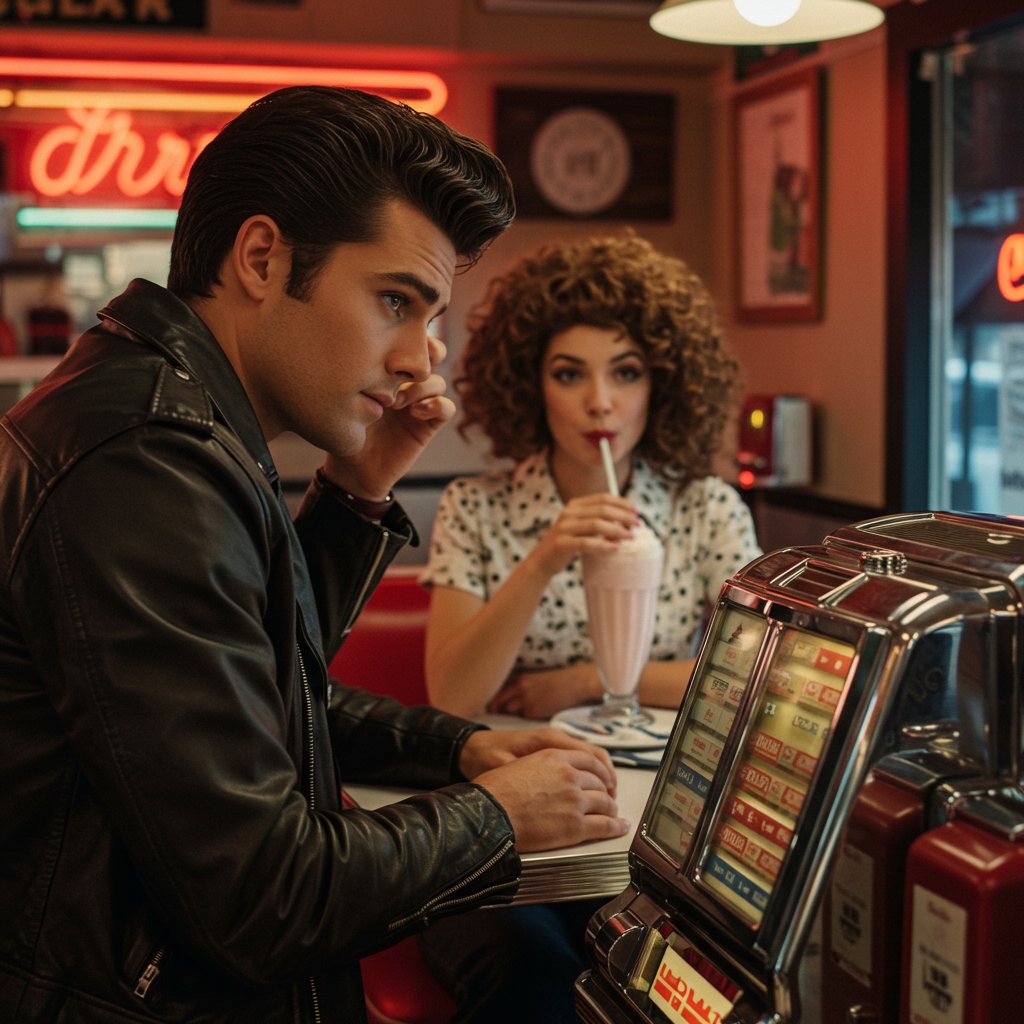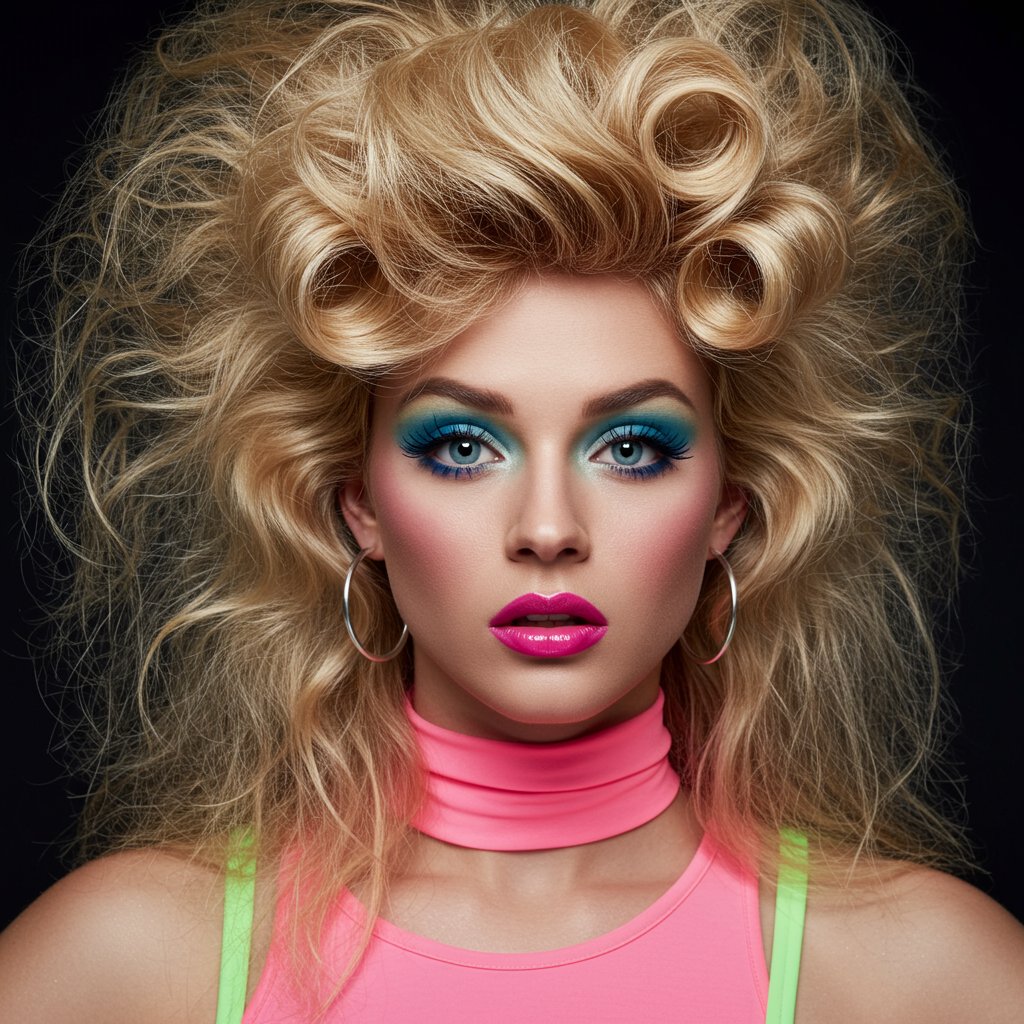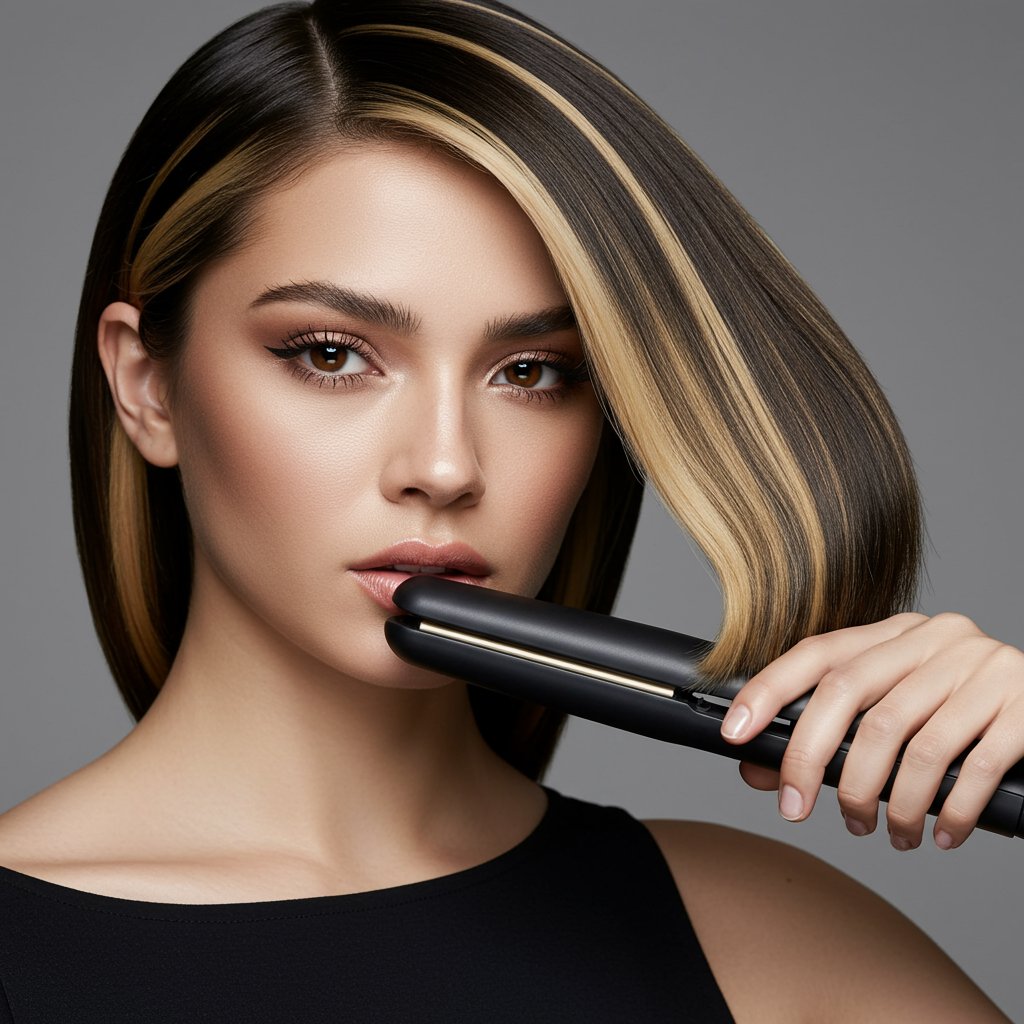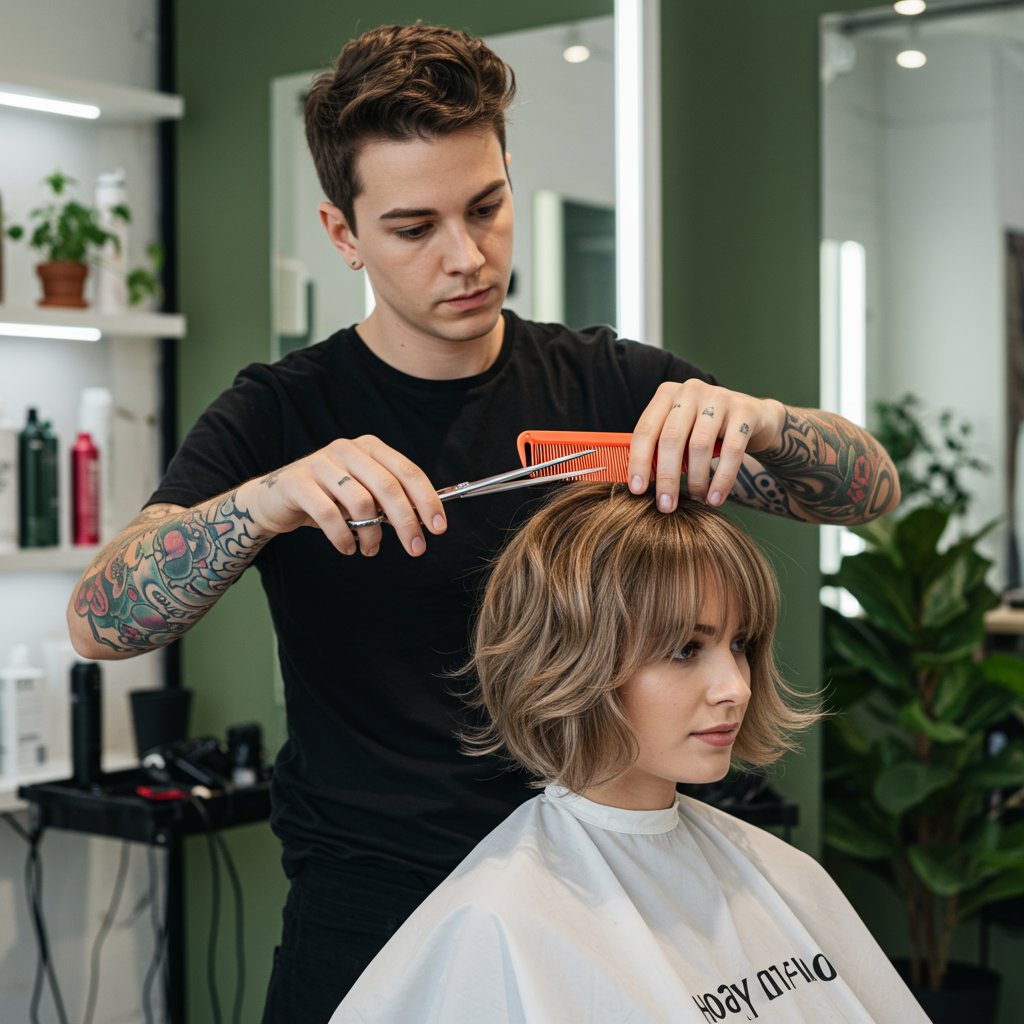Hairstyles That Defined a Decade: A Journey Through Iconic Looks | Hair Trends Through Time
A Journey Through Time: How Hairstyles Defined a Decade
Hair is more than just strands of keratin; it's a powerful form of self-expression, a cultural timestamp, and a reflection of the times. Just as fashion and music evolve, so do our hairstyles, often marking a period so distinctly that a single glance at a haircut can transport us back in time. The hairstyles that defined a decade are not merely trends; they are stories woven into our collective memory, representing rebellion, conformity, glamour, and social change. From the radical chop of the 1920s to the voluminous rebellion of the 1980s, each era's signature look tells a unique tale about its people and their aspirations.

This exploration delves into the most iconic hairstyles that left an indelible mark on history. We will journey through the 20th and early 21st centuries, examining the cuts, colors, and styles that became synonymous with their respective decades. Understanding these historical trends not only provides fascinating insight into our past but also inspires the cyclical nature of fashion we see today. Many of these classic looks are constantly being reinterpreted by modern stylists, proving that great style never truly fades—it simply waits for its moment to shine again. Join us as we unravel the history behind the hair that shaped generations.
The Roaring Twenties: The Bob and the Birth of Modern Hair
The 1920s was a decade of profound social and cultural upheaval, and nothing symbolized this new era of female liberation more than the bob. Shedding the long, ornate hairstyles of the Victorian and Edwardian periods was a radical act. The bob—particularly the sharp, chin-length Eton crop and the softer, curled Flapper bob—was a statement of independence. Worn by silent film stars like Clara Bow and Louise Brooks, this daring cut represented the 'New Woman' who smoked, voted, and danced the Charleston with unapologetic zeal. It was more than a haircut; it was a rejection of old-world conventions.

The Details: Finger Waves and Marcel Waves
Achieving the signature 1920s look was an art form. Finger waves, created by meticulously pinching and combing wet hair set with lotion into an S-shaped pattern, added a touch of soft, sculpted glamour. For a more lasting curl, the Marcel wave, created with heated curling tongs, was the go-to technique. These intricate styling methods required significant skill and regular visits to the newly burgeoning hair salons. The look was often accessorized with elaborate headbands, cloche hats, and feathered clips, perfectly complementing the decade's drop-waist dresses and beaded frocks. This era cemented the salon as a central part of a woman's beauty routine.The Fabulous Fifties: Polished Pompadours and Playful Curls
After the austerity of the war years, the 1950s burst forth with a renewed sense of optimism and prosperity, which was clearly reflected in its hairstyles. Precision, polish, and perfection were the orders of the day. For women, styles were often shorter, curled, and meticulously set. The Poodle Cut, a short style with tight, all-over curls popularized by Lucille Ball, was a playful, high-maintenance look. On the other end of the spectrum were softer, wavier styles like the Pageboy and the Bouffant, which required weekly salon visits for a 'shampoo and set' using rollers and torrents of hairspray to keep every strand perfectly in place.

The Rise of the Rebel: The Pompadour
For men, the 1950s was the golden age of the greaser. Inspired by rock 'n' roll icons like Elvis Presley and James Dean, the Pompadour became the ultimate symbol of cool rebellion. This look featured hair cut short on the sides and kept long on top, then slicked back with generous amounts of pomade and sculpted into a high-volume quiff at the front. The style required dedication and a trusty comb for on-the-go touch-ups. It was a stark contrast to the conservative, short-back-and-sides worn by the older generation, making it one of the most enduring and iconic men's hairstyles that defined a decade.The Swinging Sixties: The Beehive, the Bouffant, and the Mop-Top
The 1960s was a decade of two halves. The early years continued the polished aesthetic of the 50s but amplified it to new heights—literally. The Beehive, invented by Chicago stylist Margaret Vinci Heldt in 1960, was the epitome of glamorous, gravity-defying hair. This towering updo, worn by stars like Audrey Hepburn and the Ronettes, was constructed using backcombing (teasing) and a mountain of hairspray. The Bouffant, championed by First Lady Jacqueline Kennedy, offered a softer but equally voluminous alternative. These styles were symbols of sophisticated femininity and required immense effort to maintain.

The British Invasion: The Mop-Top Revolution
As the decade progressed, a youth-driven cultural revolution exploded, and hair became a symbol of rebellion once again. The Beatles' arrival in America in 1964 introduced the world to the Mop-Top. This longer, shaggier, bowl-shaped cut was a direct defiance of the neat, short styles of the previous generation. It was androgynous, low-maintenance, and perfectly captured the carefree spirit of the 'Swinging London' scene. The Mop-Top was revolutionary for men's hair, breaking conventions and paving the way for the longer, more natural styles that would dominate the next decade. For women, supermodel Twiggy's sleek, boyish pixie cut offered a chic, modern alternative to the voluminous styles of the early 60s.The Groovy Seventies: Feathers, Shags, and Natural Textures
Moving away from the rigid, sprayed styles of the 60s, the 1970s embraced a more natural, free-flowing aesthetic. Hair was longer, looser, and celebrated individual texture. The quintessential look of the decade was the Feathered Cut, made famous by actress Farrah Fawcett. This style featured long, soft layers brushed back and away from the face, creating a wind-blown effect with incredible volume and movement. It was the aspirational look for millions, requiring a great cut and skillful blow-drying with a round brush to achieve that signature flick.

The Unisex Appeal: The Shag
Another defining haircut of the 70s was the Shag. Popularized by rock stars like Joan Jett and David Bowie, this unisex cut was rebellious and effortlessly cool. The Shag was defined by its choppy, razored layers, with more volume at the crown and thinner, wispier ends. It worked for various hair lengths and textures, from straight to curly, and embodied the decade's rock 'n' roll and androgynous spirit. Alongside the Shag, the era also saw a powerful movement towards embracing natural hair, with the Afro becoming a beautiful and bold symbol of Black pride and identity.The Extravagant Eighties: Big Hair, Don't Care
If one word could describe the 1980s, it would be 'more'. More volume, more texture, more color, and definitely more hairspray. The 80s were a decade of excess, and the hairstyles were no exception. The perm was king, creating the tight curls and body needed for the era's towering styles. Hair was teased, crimped, and sculpted into dramatic shapes, often with asymmetrical cuts and bold, chunky highlights. From Madonna's messy, rooty updos to the glam-metal bands' colossal manes, the goal was to be as loud and attention-grabbing as possible. This was one of the most visually distinct hairstyles that defined a decade.

The Power Cut: Mullets and More
The Mullet—'business in the front, party in the back'—became an unlikely but iconic trend for both men and women. It was a versatile cut that could be styled spiky on top or permed for extra volume. For the corporate world, the 'Power Perm' offered a more 'tamed' version of big hair, with voluminous curls styled neatly to complement a shoulder-padded suit. Whether it was punk-inspired spikes, vibrant New Wave colors, or a simple side ponytail secured with a scrunchie, 80s hair was all about fearless experimentation and making a bold statement.The Alternative Nineties: 'The Rachel,' Grunge, and Sleek Minimalism
The 1990s was a reaction to the over-the-top excess of the 80s. The decade ushered in a cooler, more understated aesthetic. The single most requested haircut was 'The Rachel,' the bouncy, layered, shoulder-length shag debuted by Jennifer Aniston on the show Friends. This heavily layered look was a softer, more modern take on the 70s shag and was copied by millions worldwide, cementing its place as an iconic hairstyle of the decade.

From Grunge to Glam
On the other side of the style spectrum was the Grunge movement. Emerging from the Seattle music scene, this look was intentionally unkempt and anti-fashion. It featured long, stringy, often unwashed hair, reflecting the angst and apathy of Generation X. In contrast, the late 90s saw a return to sleek minimalism. Super-straight, glossy hair, often with a sharp center part, became popular, alongside spiky pixie cuts and playful accessories like butterfly clips, zig-zag headbands, and hair mascara. This decade was a true mix of high-fashion polish and low-maintenance rebellion.The Noughties (2000s): Poker Straight and Scene Styles
The new millennium kicked off with a singular hair obsession: the flat iron. Poker-straight, pin-thin hair was the dominant trend, often enhanced with extensions for extreme length. This sleek look was frequently paired with chunky, contrasting highlights—the 'skunk stripes' worn by pop stars like Christina Aguilera and Kelly Clarkson. The half-up, half-down style with two straight tendrils framing the face was another ubiquitous look of the early 2000s.

The Rise of Emo and Scene Hair
As the decade progressed, a new subculture emerged with a distinct hair identity. Scene and Emo hair was all about sharp angles, heavy side-swept bangs covering one eye, and a 'swoosh' effect. The hair was typically layered heavily, with a teased, voluminous crown and razored, thinned-out ends. Bold colors were key, from jet black to platinum blonde, often with panels of neon pink, blue, or green. This style, like the grunge look of the 90s, was deeply intertwined with the music and identity of a generation, making it an unforgettable part of the 2000s hair story.Modernizing Iconic Decade Hairstyles
Bringing a vintage hairstyle into the 21st century is all about adaptation. The key is to capture the essence of the original look while making it feel fresh and wearable for today. An experienced stylist can help you translate a classic cut into a modern masterpiece. For example, a 1920s bob can be updated with a softer, more textured finish instead of severe, set waves. A 70s shag can be modernized with subtle balayage highlights and styled for a more lived-in, effortless feel rather than a perfectly feathered look.

The secret lies in the details. Instead of the crunchy, helmet-like hold of 80s hairspray, modern texturizing sprays and mousses can create volume that is soft and touchable. A 90s 'Rachel' can be reinvented with less choppy layers and a more seamless blend. When considering a retro look, it's crucial to consult with a professional. A skilled hairdresser can assess your hair type, face shape, and lifestyle to recommend the best way to adapt an iconic hairstyle, ensuring it looks chic and contemporary, not like a costume.
Frequently Asked Questions (FAQ)
Q1: Which decade's hairstyles are easiest to maintain today?
Many styles from the 1970s and 1990s, like the shag or long, soft layers, are relatively low-maintenance. They are designed to look best with natural movement and texture, requiring less daily heat styling than the rigid looks of the 50s or 60s.Q2: Can I get a 1980s perm without damaging my hair?
Modern perming techniques and formulas are much gentler on the hair than their 80s counterparts. Salons now use advanced solutions that can create soft waves or curls with less risk of damage. A consultation with a stylist is essential to determine if your hair is healthy enough for the service.Q3: How did people in the 1960s get so much volume in their beehives?
Achieving the massive volume of a beehive or bouffant involved extensive backcombing (teasing) at the roots, using hairpieces or 'rats' (pads of synthetic hair) for structure, and finishing with an extremely strong-hold hairspray to lock everything in place.Q4: Are men's hairstyles from past decades coming back in style?
Absolutely. The 1950s pompadour and side part have been hugely popular for the last decade. We are also seeing revivals of 70s longer styles and even modernized versions of the 90s 'curtain' hairstyle, proving that classic men's grooming is timeless.Q5: What's the most iconic hairstyle of all time?
While it's subjective, many would argue for either the 1920s bob or the 1990s 'Rachel.' The bob represented a monumental shift in women's freedom and has been reinterpreted countless times. 'The Rachel' was arguably the most requested haircut of its time, demonstrating the immense influence of pop culture on hair trends.Q6: Can I achieve these looks at home?
Simpler styles like 90s straight hair or a 70s center part are achievable at home. However, for iconic cuts like a precision bob, a layered shag, or intricate updos like the beehive, professional expertise is highly recommended to achieve the correct shape and structure.The Enduring Legacy of Iconic Hair
From the revolutionary bob to the rebellious shag, the hairstyles that defined a decade are powerful reminders of where we've been. They are more than just fleeting fads; they are cultural artifacts that chronicle our history, our rebellions, and our aspirations. Each flip, curl, and tease tells a story of its time, reflecting the social currents and pop culture phenomena that shaped a generation. As we continue to see these iconic looks re-emerge on runways and red carpets, it's clear that their influence is far from over.
Understanding this rich history allows us to appreciate the artistry and cultural significance behind every haircut. It empowers us to experiment, to borrow from the past, and to create new styles that will, in turn, define the decades to come. The next time you're considering a new look, perhaps you'll find inspiration not just in the latest trends, but in the timeless elegance and bold statements of a bygone era. After all, the story of hair is a story that is constantly being retold, one stylish decade at a time.


